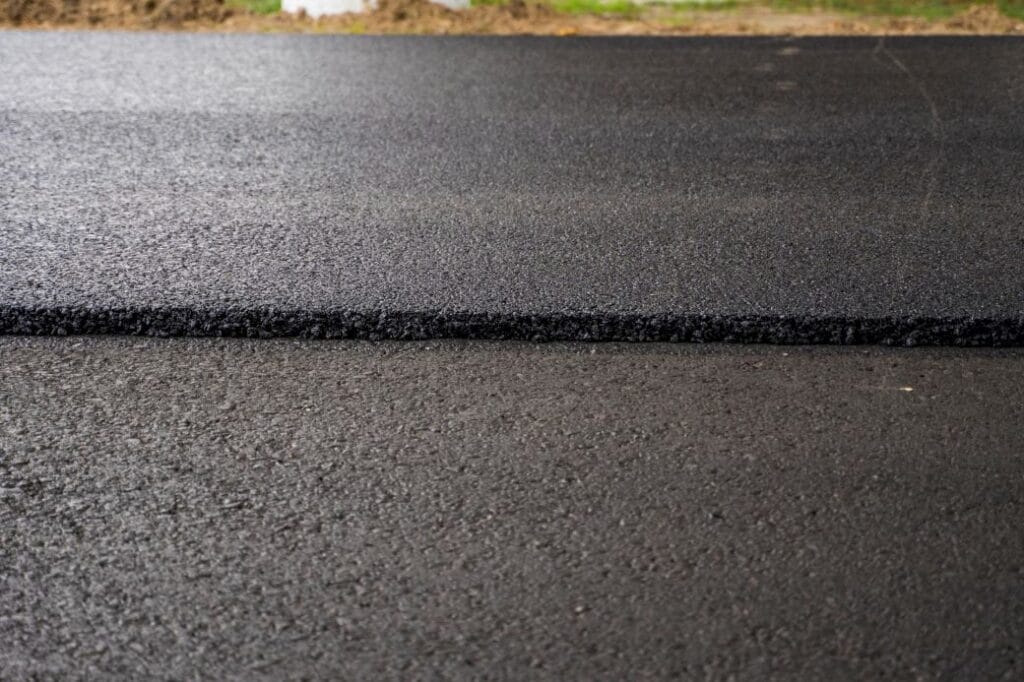As temperatures rise and winter fades, spring becomes the ideal season for addressing asphalt cracks. At Reid Paving, Inc., we emphasize the importance of timely maintenance, especially when it comes to crack sealing.
Why is spring the best time? The weather is mild, and cracks have expanded due to winter’s freeze-thaw cycles. If left untreated, moisture will seep into those cracks and compromise the base layer of your pavement.
Understanding Crack Sealing Crack sealing involves cleaning and filling existing cracks in asphalt to prevent water infiltration and debris accumulation. It’s a preventive measure that helps avoid larger repairs in the future.
Benefits of Spring Asphalt Crack Sealing:
- Prevents potholes and deeper structural issues
- Extends the life of your asphalt surface
- Cost-effective compared to full resurfacing
- Prepares pavement for summer heat and traffic
The Science Behind Asphalt Cracking Asphalt expands and contracts with temperature changes. During winter, moisture seeps into cracks, freezes, and expands—causing the cracks to widen. When temperatures rise in spring, the asphalt contracts again, and those cracks are now bigger. Sealing them in spring ensures that you catch the damage before summer heat worsens the issue.
Residential vs. Commercial Needs Homeowners often notice cracks forming along driveways, particularly at the edges. For commercial properties, the volume of vehicle traffic makes early crack sealing critical for maintaining safety and avoiding large repair costs.
Materials Used in Crack Sealing We use high-quality rubberized sealants designed for Georgia’s climate. These materials remain flexible and are capable of expanding and contracting with the pavement throughout the year.
Application Process
- Assessment – We walk the property to evaluate crack size, depth, and location.
- Cleaning – We remove dirt, vegetation, and debris from cracks using compressed air or wire brushes.
- Sealing – We apply hot rubberized sealant directly into the cleaned cracks.
- Curing – The sealant is left to cool and harden, usually within a few hours.
Signs You Need Crack Sealing:
- Visible surface cracking
- Water pooling near cracks
- Early signs of alligator cracking
- Pavement shifting or unevenness
Why Timing Matters Spring’s mild weather allows sealant to properly adhere to asphalt. If applied too early in cold conditions, sealants may not bond well. If applied too late, summer heat can cause materials to cure improperly or even soften.
Cost-Savings of Preventive Maintenance Crack sealing costs a fraction of what resurfacing or full replacement costs. Regular maintenance can double the lifespan of asphalt surfaces and significantly reduce repair budgets over time.
Common Mistakes to Avoid:
- DIY crack fillers from big-box stores (they often fail quickly)
- Ignoring small cracks
- Waiting until visible potholes form
Reid Paving, Inc.’s Advantage As a second-generation family business serving Metro Atlanta and West Georgia since 1977, we bring local knowledge, expert crews, and top-tier equipment to every job. Our team ensures every crack sealing project is done with precision and care.
Conclusion Spring Asphalt Crack Sealing is one of the smartest maintenance steps you can take to protect your pavement investment. It’s timely, effective, and essential to avoid bigger issues down the line. Contact Reid Paving, Inc. today to schedule your spring maintenance check-up.



